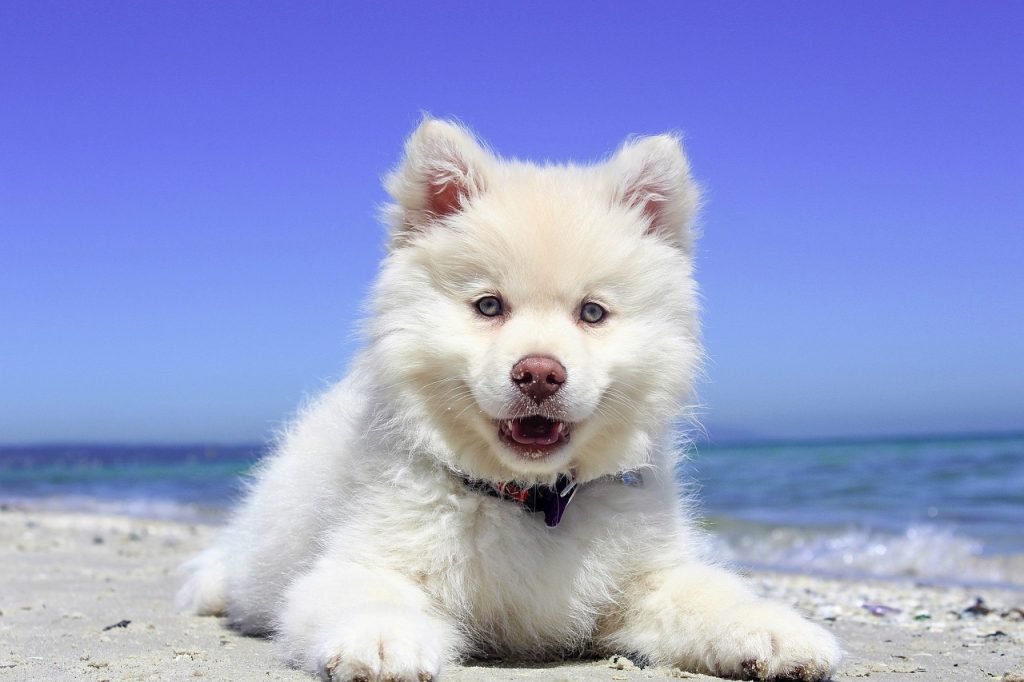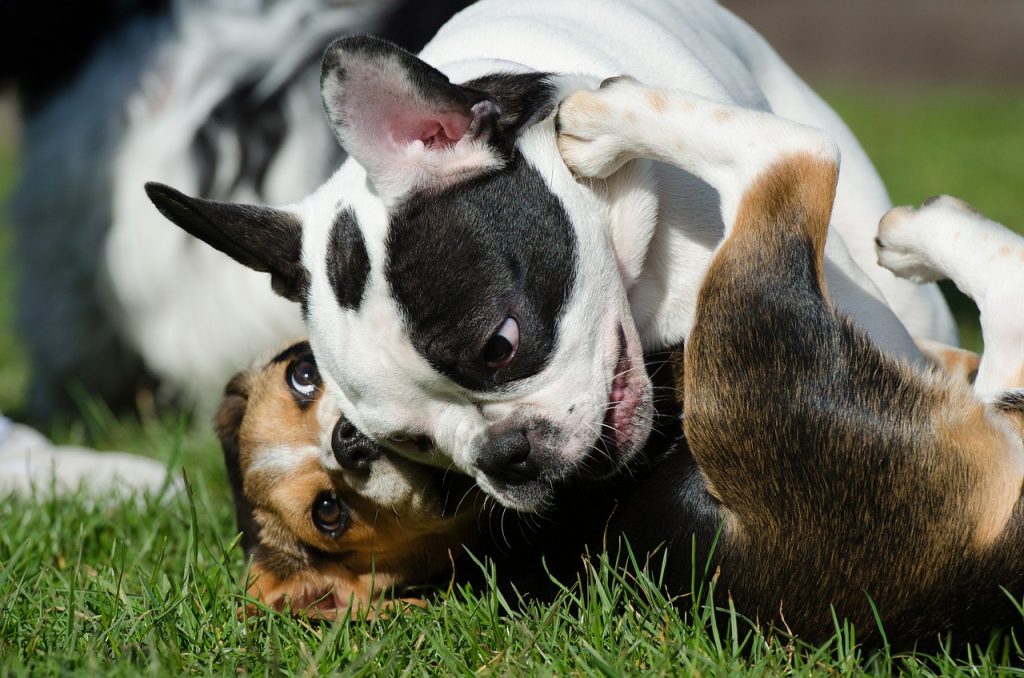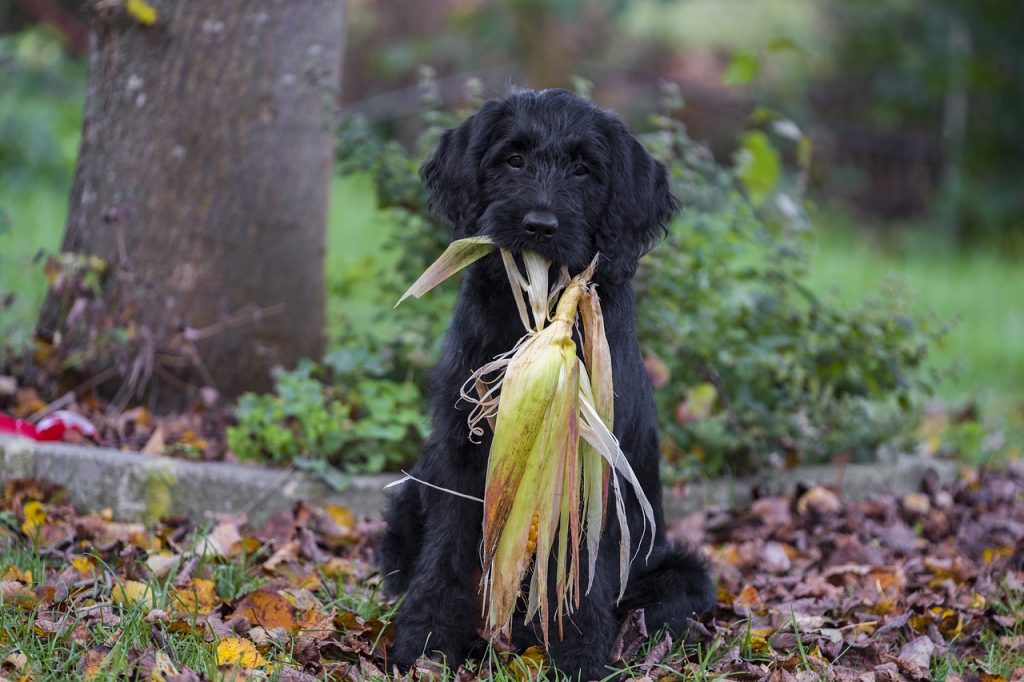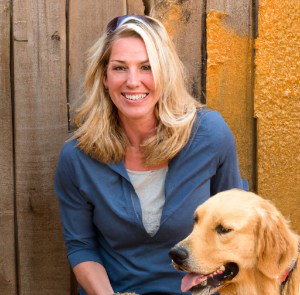February 19, 2019
Traditional methods of dog training involve obedience and correction of unwanted behaviour with intimidation and punishment. Thankfully, these methods are now seen as outdated, as more dog trainers and behaviourists move to positive dog training. Ignoring Bad Behaviour Unwanted behaviours in dogs may include barking, jumping on people, guarding food and toys, pulling on the […]



